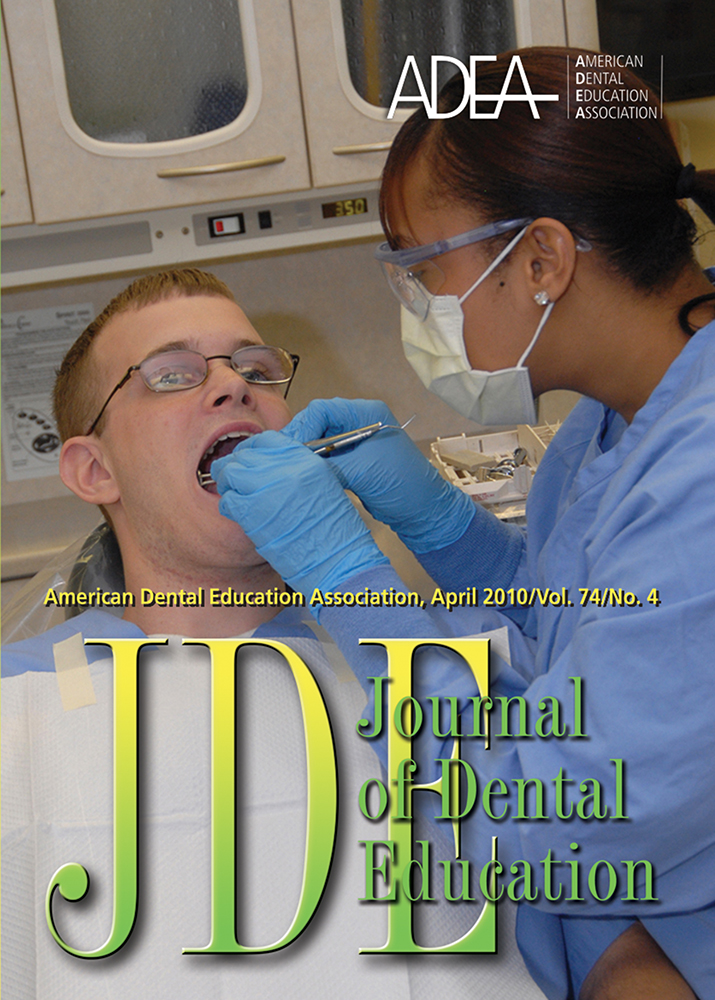Iowa's Public Health-Based Infant Oral Health Program: A Decade of Experience
Abstract
The American Academy of Pediatric Dentistry recommends that children have their first dental visit no later than age one. However, not all dental schools have made hands-on infant oral health programs a reality in their predoctoral programs. To target high-caries risk infants/toddlers and provide dental students more hands-on experience with this age group, the University of Iowa Department of Pediatric Dentistry established an Infant Oral Health Program (IOHP) affiliated with the local Special Supplemental Food Program for Women, Infants, and Children (WIC) clinic. This article reports the IOHP activities and describes how this program is integrated into a dental school curriculum. Most of the children served were around age one, from racial and ethnic minority groups, and had never been to the dentist. More than 600 fourth-year dental students received hands-on experience providing preventive dental care for infants and toddlers. A 2004 survey of dentists who graduated from the University of Iowa suggested that those who rotated at the IOHP while in dental school were more willing to see very young children when compared to dentists who did not rotate at the IOHP. These findings suggest that community-based IOHPs can provide an important community resource for preventive dental care for high-caries risk young children, while complementing the pediatric dental experience in a dental school curriculum.




